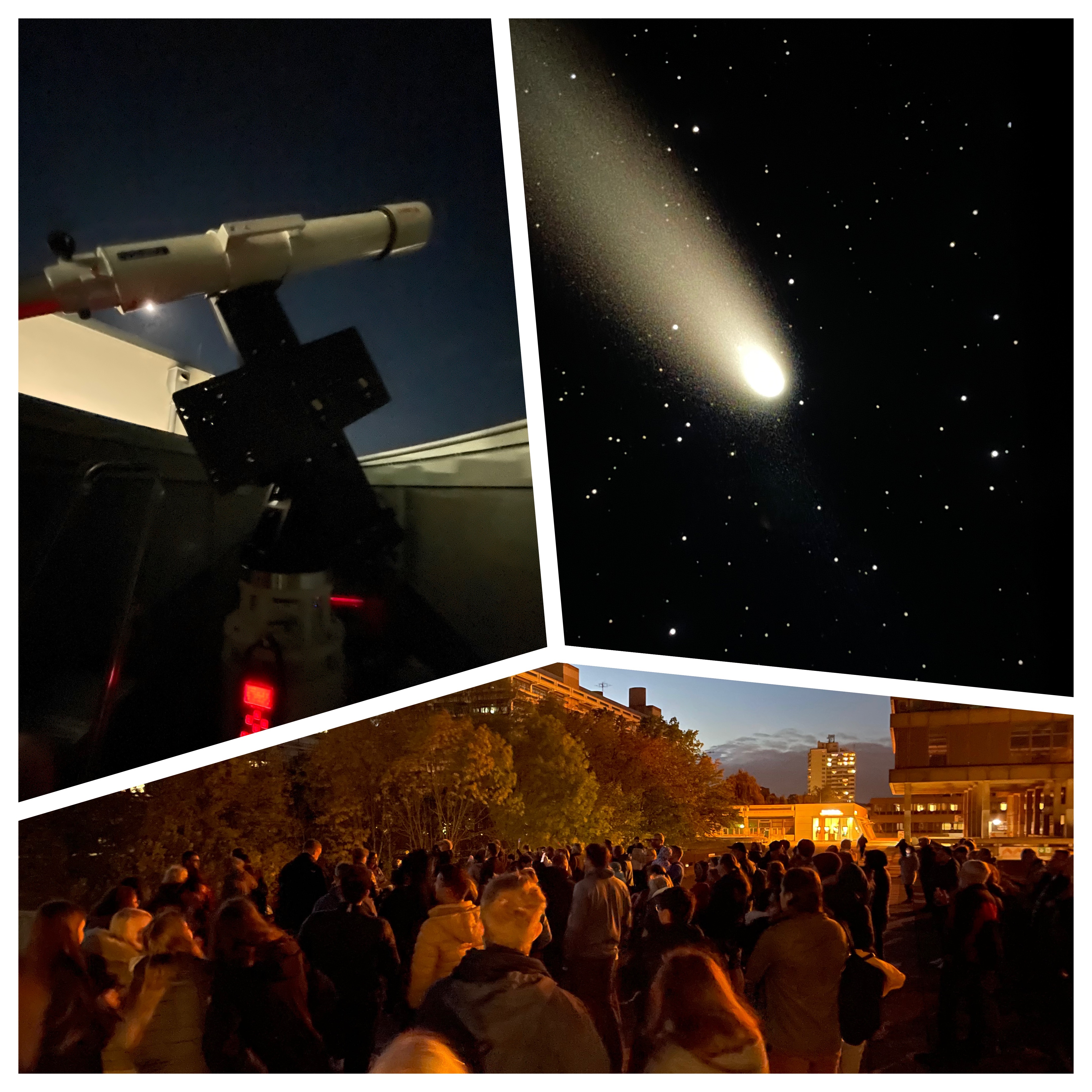
23.10.2024
About 300 astronomy enthusiasts came to the RUB on Saturday evening (19.10.24) to explore with us and our amateur astronomer colleagues from Ad Astra the wonders of the night sky:
watch comet Comet C/2023 A3 (Tsuchinshan-ATLAS),
investigate Saturn and the moon with optical telescopes,
and make first observations with the radio telescope of the new Campus Observatory.
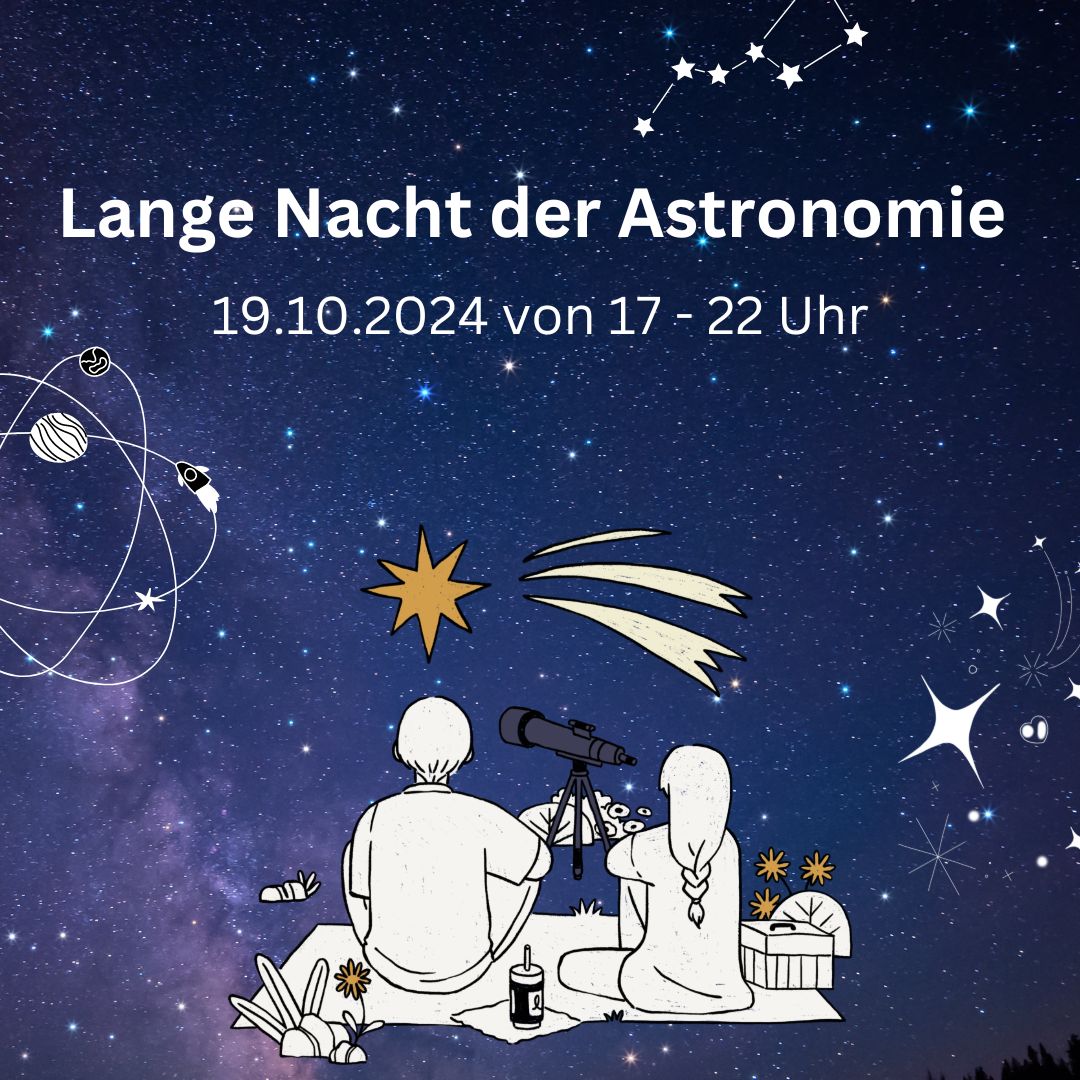
16.10.2024
On Saturday 19.10.2024 the “Long Night of Astronomy” will take place all over Germany.
There will be lots of fun with comets, planets and solar observations at our Campus Observatory!
We will meet at the Audimax of the RUB at 5 pm. The event will last until 10 pm.
Please check this webpage for more information!
We are looking forward to seeing you on Saturday!
Important: The observations only take place in good weather.
You can find further activities during the long night of astronomy here.
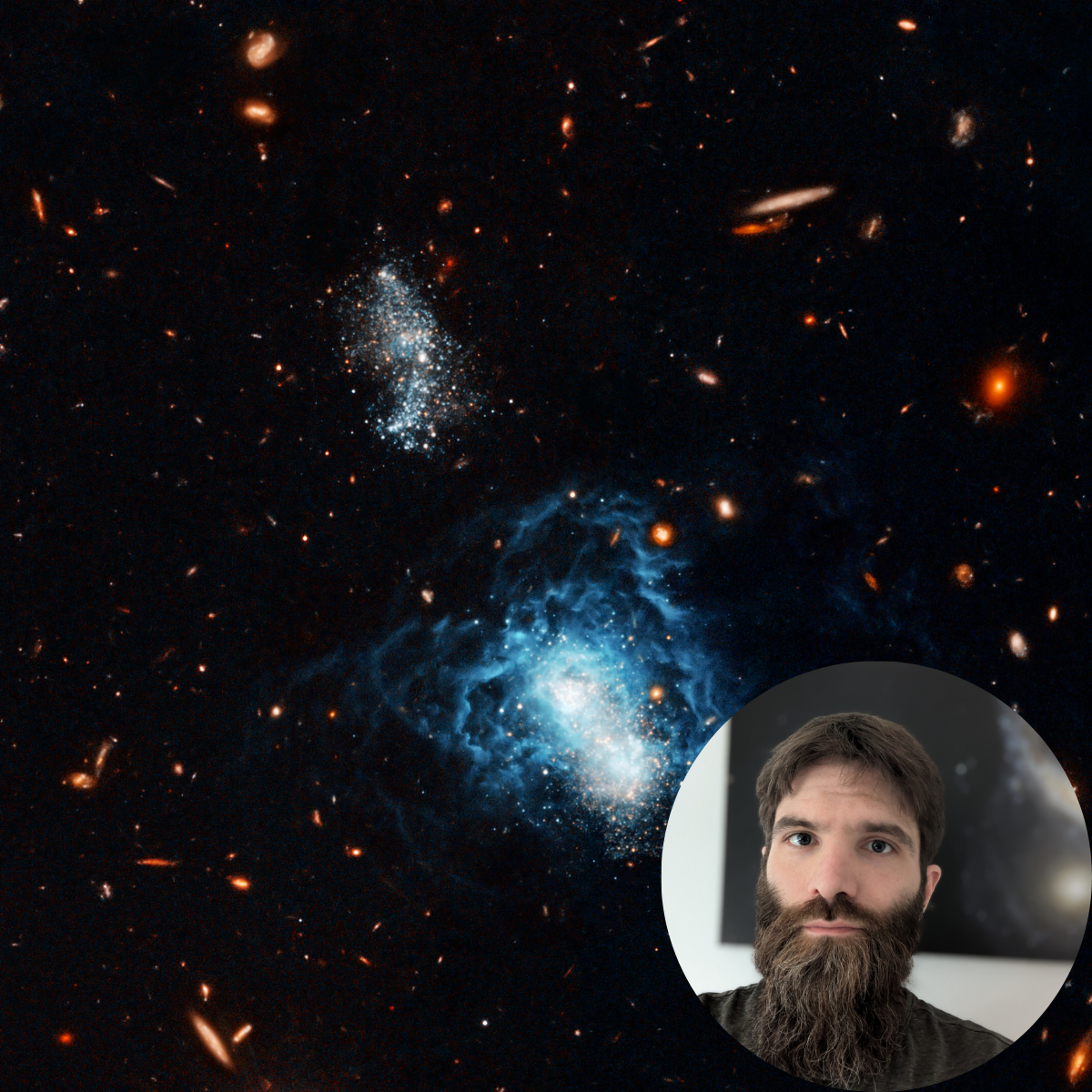
16.10.2024
We are pleased to invite you to the public lecture “Zwerggalaxien: Zeugen und Treiber der kosmischen Evolution" (in German).
In his talk, Adam Enders will focus on dwarf galaxies and their unique properties, highlighting their crucial role in the evolution of our cosmos. You will discover how these small galaxies play a decisive part in shaping the universe.
When 23.10.24 at 20:00
Where Planetarium Bochum
For registration and further information, please have a look at the Planetarium’s homepage.
Picture:
A small dwarf galaxy about 60 million light-years away.
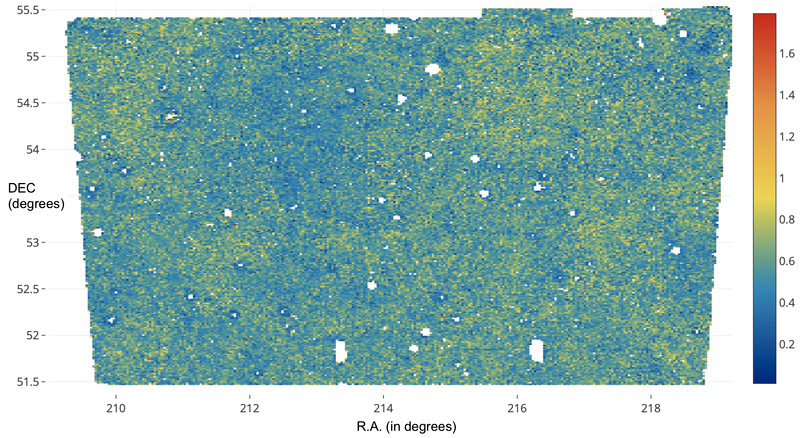
13.10.2024
Our Universe is expanding, and this goes even faster with time. But the cause of that - the mysterious Dark Energy - is still unknown.
To understand these fundamental processes better, is it important to know the distribution of matter in the universe.
An international team, including CRC members Hendrik Hildebrandt and Anna Wittje is carrying out the „Physics of the Accelerating Universe“ Survey (PAU Survey). This survey aims to map the distance and surrounding of 1.8 million galaxies.
The picture shows roughly half of the sample, with the distance colour-coded - revealing nicely the large-scale structures of the Universe.
These data will help to constrain galaxy parameters which are essential for solving the Dark Energy puzzle.
The full RUB press release can be found here (in German).
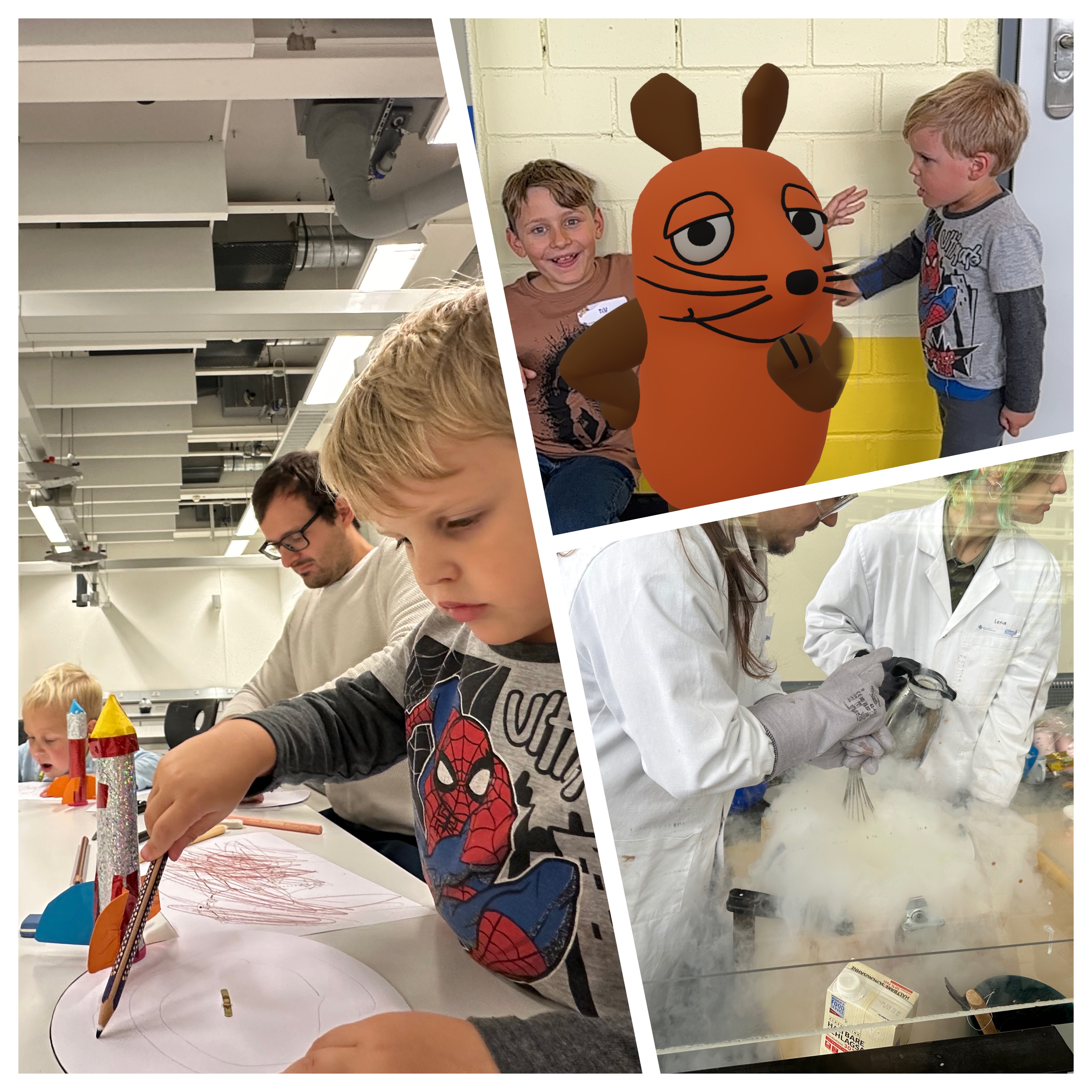
09.10.2024
On October 3, it has become a nice tradition that many doors to companies and institutes are opened with the help of the “Sendung mit der Maus” show, giving children an insight into many exciting areas.
Together with the Faculty of Physics and Astronomy and the AIRUB, we once again took part and were able to offer a varied program. Around 80 children between the ages of 4 and 16 spent a fun-filled day at our faculty with experiments on flying rockets, shining stars, delicious physicist ice cream and much more.
More on the "Maus Türöffner Tag" can be found here.